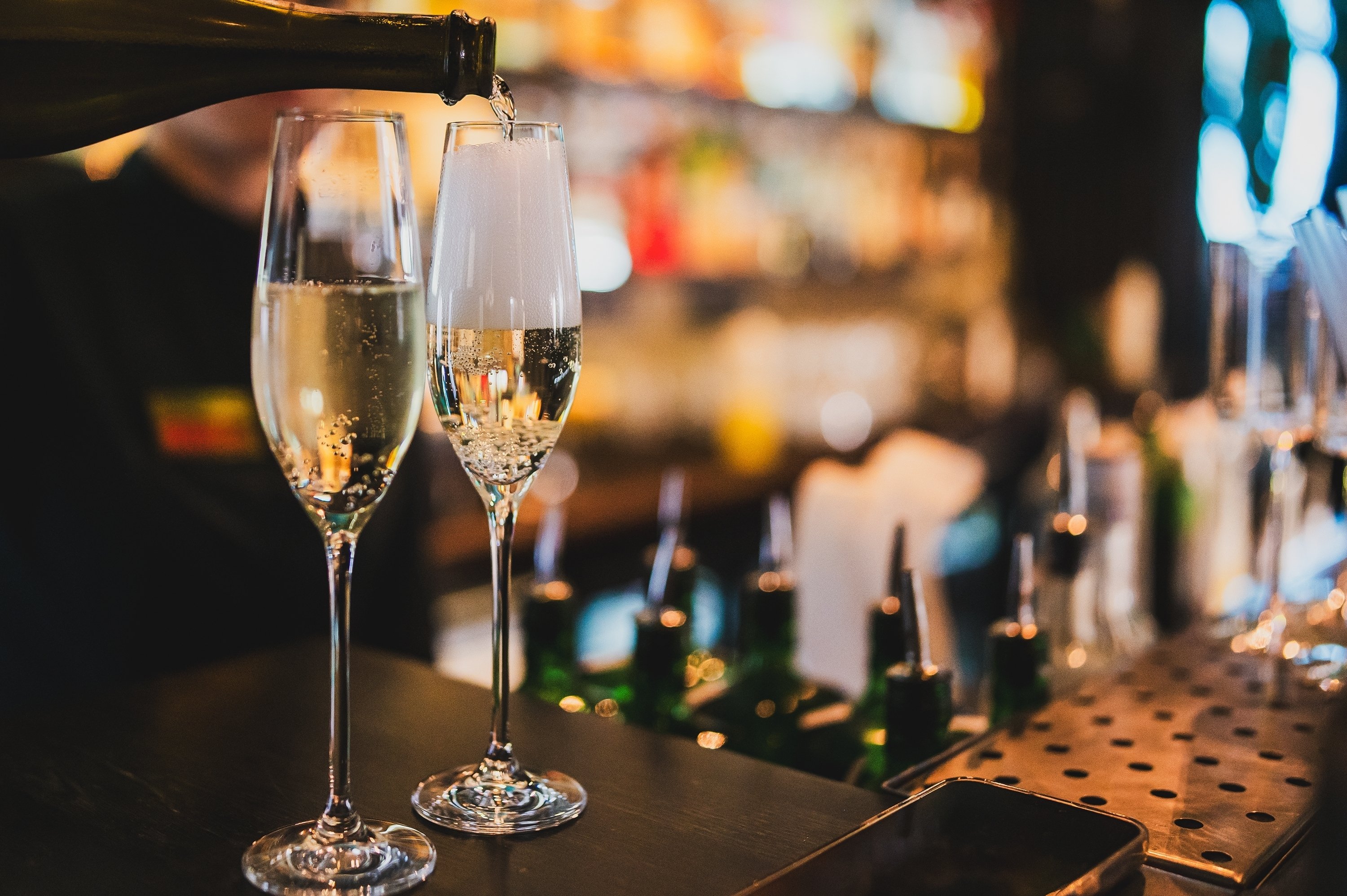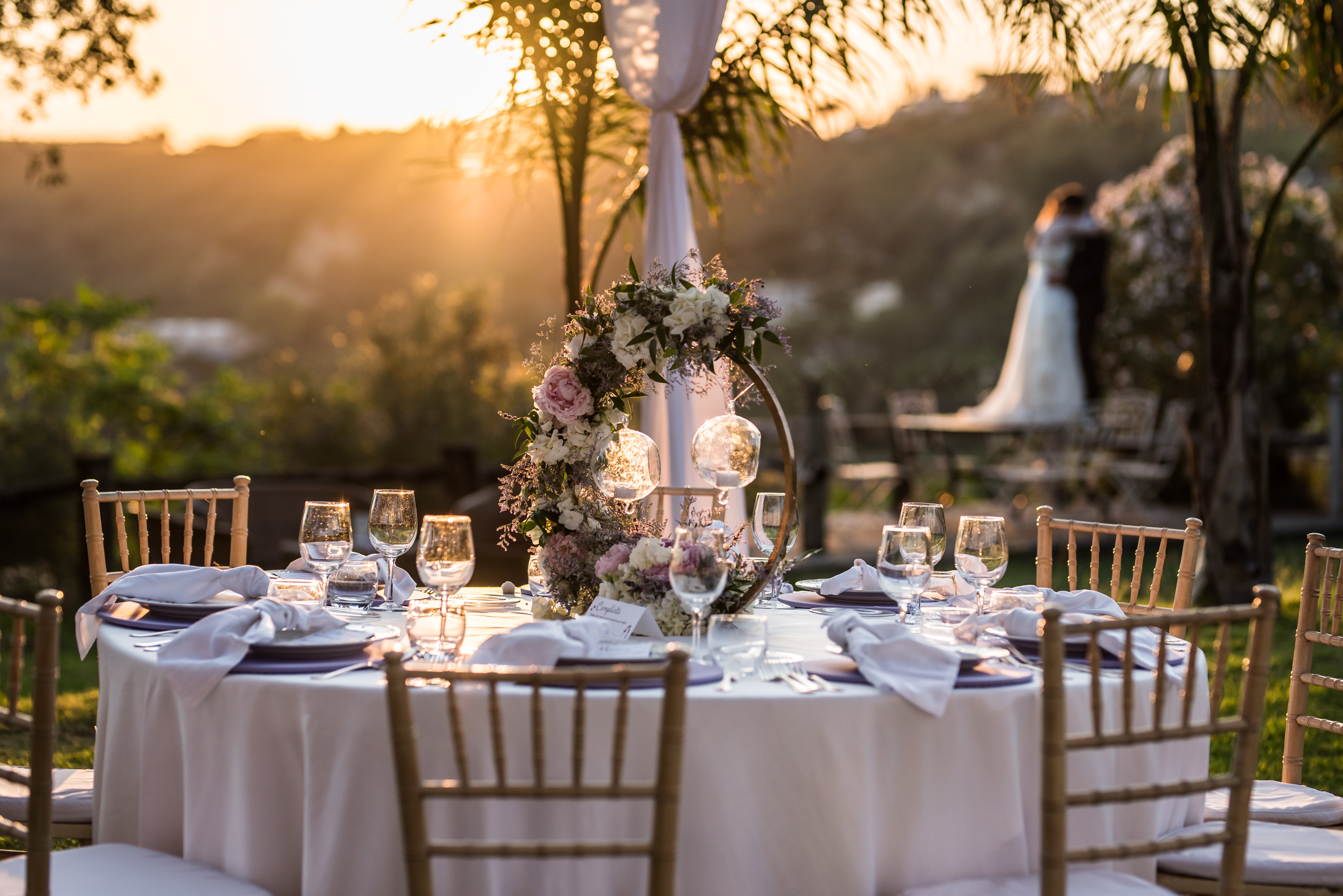The Best Small Museums in London
London is a city synonymous with world-class museums. Genuine international A-listers that would cement themselves as must-visit destinations in any city – from the monumental British Museum to the iconic Natural History Museum – these institutions hold some of the most renowned collections in the world. They are revered not only for their scholarly and cultural importance but also for their architectural grandeur and accessibility – most of them offer free entry, a gift that few global capitals can match.
Yet, behind the gilded halls and glass cases of major museums lies a more nuanced story that warrants a degree of introspection. A number of prized artefacts of some of these headliner museums were acquired during Britain’s imperial past, often through questionable or, at times, unethical means. Items such as the Elgin Marbles, the Rosetta Stone and various African and Asian antiquities remain at the centre of ongoing debates about ownership, repatriation, and moral responsibility.
While these discussions are crucial and should by no means deter visitors from taking in these institutions, they also open up an opportunity to look beyond the heavyweights and discover the lesser-known and smaller museums that tell equally compelling stories – albeit on a more intimate scale. These small museums may lack blockbuster exhibitions, but they make up for it with charm, deep specialist knowledge and compelling stories from the past.

The Sir John Soane’s Museum
Location: Lincoln’s Inn Fields, Holborn
Housed in the former residence of the renowned neo-classical architect Sir John Soane, this museum is a masterpiece of curation and eccentricity, that characterised one of Britain’s most celebrated designers of buildings. Soane designed the Bank of England and Dulwich Picture Gallery, but his house is perhaps his greatest legacy. Quite literally crammed from floor to ceiling with antiquities, paintings, architectural models and curiosities, the museum is a sensory delight and really needs to be seen to be appreciated.
The museum retains much of its original atmosphere thanks to Soane’s meticulous instructions that nothing should be changed after his passing in 1837. Entry is free, and the candlelit evening openings add a truly magical layer to the experience, which is well worth holding out for.
Eel Pie Island Museum
Location: Twickenham
Don’t be confused by its name: This homage to one of the unsung mainstays of the heady 1960s London music scene has nothing to do with eels or pie. A phenomenal array of bands, many of which were soon to become household names, graced the stage in the run-down ballroom of the Eel Pie Hotel between 1956 – 1970. Thousands of teenagers, riding the new rock n roll wave, flocked there to soak up the sonic delights of trad jazz, blues, RnB and psychedelic rock. Artists such as The Rolling Stones, Jeff Beck, Rod Stewart, Eric Clapton, Pink Floyd and David Bowie all learned their trade at this bohemian venue.
Today, this lovingly curated museum gives visitors a little glimpse into what it was like back then. And for those who were lucky enough to see it in its former glory, a chance to revisit what may be slightly hazy memories. They even let you play a vinyl of your choice.
The Cartoon Museum
Location: Fitzrovia
In a city saturated with grand art galleries displaying some of the world’s most famous paintings, the Cartoon Museum offers something refreshingly different. It celebrates British cartoon and comic art from the 18th century to the modern day, with exhibitions that are both humorous and thought-provoking.
Though small, the museum offers deep insight into political satire, graphic novels, and children’s illustration. You’ll find works by legends like Gerald Scarfe, Ronald Searle and Posy Simmonds, as well as up-and-coming artists. There's even a dedicated learning space for comic-drawing workshops, making it an engaging visit for all ages.
This museum reminds us that culture is not only found in marble sculptures and oil paintings but also in doodles, caricatures and punchlines. Its stated ambition is to “create a world where everyone wants to pick up a pencil and draw something” and who could argue with that?
The Fan Museum
Location: Greenwich
Located quite innocuously in a pair of Georgian townhouses in the heart of Greenwich, the Fan Museum – perhaps unsurprisingly – is the only museum in the UK dedicated to the history of fans and fan-making. It is however a fascinating, charming and elegant space that explores how fans were used not only as fashion accessories but also as political and social tools.
The museum’s collection spans centuries, with items ranging from delicate 18th-century hand-painted fans to more modern designs. There is also a stunning orangery, where you can enjoy a traditional afternoon tea amidst a backdrop of painted murals and lush greenery, which is also available to hire for larger parties or events.
The Cinema Museum
Location: Kennington
Based in a former Victorian workhouse, where that icon of silent cinema Charlie Chaplin once lived, the Cinema Museum in Kennington is a treasure trove of British film heritage.
It houses a vast collection of memorabilia from the golden age of cinema, salvaged from many of the UK’s glorious art deco cinemas that were either demolished or converted in the 1970s and 80s.
The museum features posters, projectors, usher uniforms and original furnishings from these historic cinemas. Visits are by guided tour only, but the passionate volunteers bring the stories to life in a way that feels both nostalgic and intimate.
London’s small museums offer a deeply rewarding alternative to the city's blockbuster institutions. Whether you’re fascinated by cinema history, intrigued by the power of cartoons, want to see the eccentric collections of a celebrated architect, or curious about one of the countless other incredible antiquities, there’s a hidden gem waiting for you. Best of all, many of these museums are located close to each other, making it easy to combine a few in one outing.
Next time you're in the capital, step away from the crowds and discover the quiet magic of London’s most intimate cultural spaces. You may find they leave the biggest impression of all.



